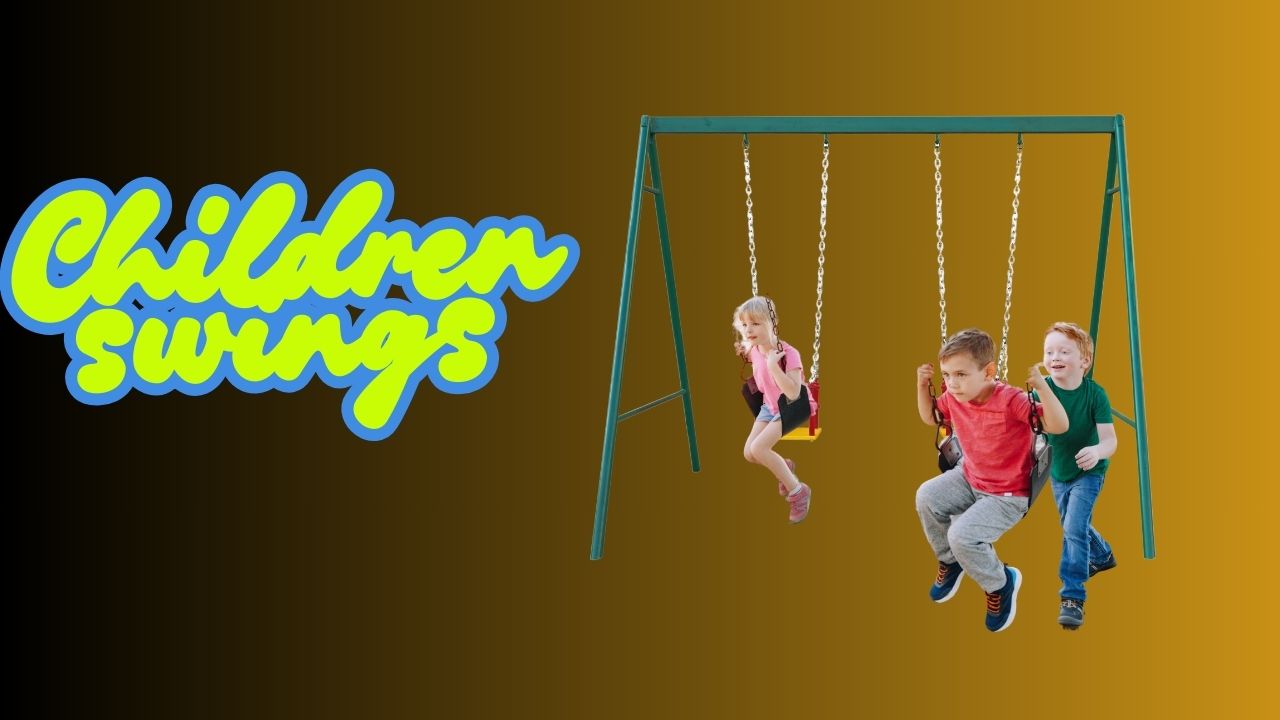
Outdoor play structures offer more than just a fun way for children to burn off energy. They play a crucial role in the overall development of children, providing valuable opportunities for growth in multiple areas. As the importance of play is widely recognized in child development, the benefits of outdoor play structures cannot be overstated. These structures encourage not only physical activity but also foster social, cognitive, and emotional development in children.
Physical Development
One of the most significant advantages of outdoor play structures is their contribution to physical development. Climbing, sliding, swinging, and balancing all help children develop motor skills and physical coordination. Activities such as climbing ladders or balancing on beams improve strength, balance, and flexibility, while swinging and sliding boost hand-eye coordination and depth perception. These skills are critical as children grow, enhancing their ability to perform basic movements like running, jumping, and playing sports. Furthermore, regular outdoor activity helps to combat childhood obesity and promotes overall health by encouraging active play rather than sedentary habits.
Cognitive Benefits
Outdoor play structures also stimulate cognitive development. Engaging in imaginative play, such as pretending a play structure is a castle or a spaceship, allows children to use their creativity and problem-solving skills. As children interact with their environment, they learn to assess risks, make decisions, and navigate obstacles. These experiences build critical thinking abilities and foster independence. Moreover, outdoor play encourages curiosity, as children often explore their surroundings in ways that stimulate learning about the natural world. Whether it’s through understanding how to climb a certain way or figuring out how to share the play structure with others, problem-solving becomes a natural part of their play.
Social and Emotional Growth
Another vital benefit of outdoor play structures is their ability to promote social interaction and emotional growth. When children play together on these structures, they learn essential social skills such as cooperation, sharing, negotiation, and conflict resolution. Children need to collaborate to figure out how to use the equipment properly, take turns, and communicate effectively with their peers. These experiences teach empathy, patience, and understanding. Additionally, children often experience moments of success and failure while playing, which are crucial for emotional development. Overcoming challenges and learning how to handle setbacks helps build resilience and self-confidence.
Creativity and Imagination
Outdoor play structures provide endless possibilities for creative and imaginative play. Unlike structured indoor activities, outdoor play allows children to invent their own games and activities. This autonomy nurtures creativity, as they explore different ways to use the space, whether pretending the slide is a mountain or building a secret hideout beneath a playhouse. These experiences help to develop imaginative thinking, which is essential not just for play, but also for learning and problem-solving in other areas of life.
Connection with Nature
Incorporating natural elements into outdoor play structures can enhance children’s connection with the environment. Play structures made from wood, rocks, or other natural materials allow children to experience the outdoors in a more hands-on way. Research has shown that time spent outdoors has positive effects on mental well-being, reducing stress and anxiety, and fostering a sense of peace and relaxation. Exposure to nature helps children develop a sense of environmental responsibility, which can lead to greater awareness of sustainability and conservation in their later years.
Safety and Supervision
While outdoor play is essential for children’s development, safety is paramount. Modern outdoor play structures are designed with safety in mind, adhering to strict standards and regulations. Features like non-slip surfaces, rounded edges, and cushioned ground materials reduce the risk of injuries. Play structures are often placed in open areas where children can be easily supervised, ensuring that parents or caregivers can keep an eye on their children as they explore and play.
Conclusion
Outdoor play structures are more than just places for children to have fun—they are tools that support healthy, well-rounded development. From physical health and cognitive skills to social and emotional growth, outdoor play encourages children to explore, learn, and grow in a variety of ways. The benefits of these play structures extend far beyond childhood, laying the foundation for confident, curious, and capable individuals. Parents, schools, and communities should continue to prioritize the creation and maintenance of outdoor play spaces to give children the best opportunities for development and well-being.





Leave a Reply